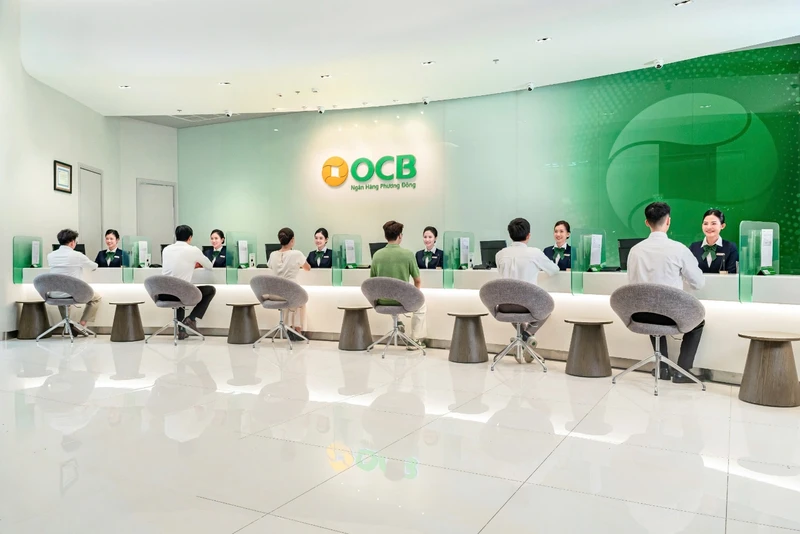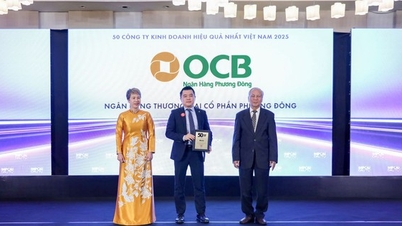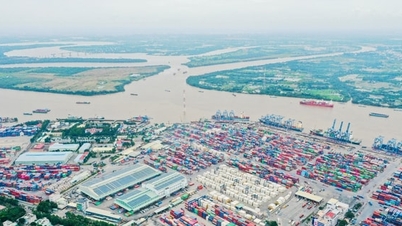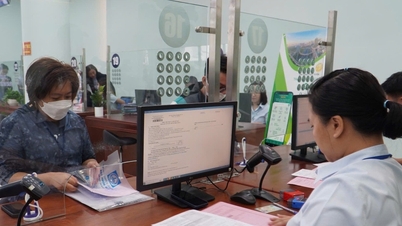As one of the pioneering banks in improving risk management capacity, through a series of key projects on improving the risk management framework according to international standards, since 2018,OCB has been recognized by the State Bank as one of the first three banks to complete risk management items according to Basel II international standards. By 2022, OCB has successfully implemented Basel III standards in liquidity risk management and Basel II according to the internal model method (IMA) for market risk management along with the application of the standard "Internal Assessment of Liquidity Safety according to the regulations of the European Central Bank (ILAAP)".
In 2023, OCB continued to announce the completion of the implementation and application of the cloud computing capital calculation platform according to Basel II Advanced (internal approach - IRB), becoming the first bank in Vietnam to complete all advanced requirements of Basel in international risk management standards. After 2 years of implementation, OCB has continuously improved its indicators on ensuring safe capital reserves for operations and enhancing liquidity resilience against incidents. Specifically, in 2024, the capital adequacy ratio (CAR), liquidity reserve ratio (LRR), loan to deposit ratio (LDR) and short-term capital ratio for medium and long-term loans always comply with the regulations of the State Bank. In addition, OCB also holds highly liquid assets such as cash, government bonds, and interbank loans to ensure the liquidity reserve ratio (LRR) complies with current regulations.
In addition, the bank also monitors capital adequacy ratio (CAR), LCR and NSFR limits on a monthly basis to comply with risk management according to Basel international standards. This has shaped OCB's development direction towards sustainability, transparency, efficiency and safety.
“In 2024, we will regularly conduct internal assessments of capital adequacy (ICAAP) and liquidity (ILAAP) under complex scenarios, thereby affirming OCB's capacity to meet financial obligations to customers and partners in possible situations, ensuring stable short-term business operations, as well as having a stable capital plan to meet business development requirements" - OCB Leadership Representative shared.
It is known that at OCB, the risk appetite for 2024 is built with strict and flexible risk control targets to ensure financial safety for the bank while still being consistent with the business strategy. Therefore, key risk control indicators are always maintained and regularly reviewed, evaluated, and adjusted in a timely manner, both creating conditions for OCB to develop scale and ensuring strict risk control.
Thanks to safe, efficient and transparent operations on a solid risk management platform according to international standards, along with continuous improvements in this activity through each period, OCB has been rated at a high level by Moody's for many consecutive years. Specifically, in 2024, the bank's credit rating will be at Ba3 and the outlook will be upgraded to "stable". This rating reflects OCB's stable financial capacity throughout the economic cycle, a good capital adequacy ratio and expectations for improved asset quality in the coming time. In addition, Moody's also maintained the long-term counterparty risk assessment (CRRs) for foreign and local currencies at Ba3, and the long-term counterparty risk rating at Ba3 (cr).
This opens up many opportunities for OCB to continuously receive foreign capital flows from international financial institutions after undergoing extremely strict inspection and appraisal processes according to each organization's standards, on operational quality, solid risk management, to ensure a safe, transparent and effective development process. In addition, during the loan maintenance process, the bank must strictly comply with its commitment to financial "health" indicators on capital safety, asset quality, liquidity, etc.
This capital has been helping customers in the SME segment, especially women-owned businesses of the bank, to access loans with preferential interest rates, serving investment and production and business development, in line with the sustainable development strategy that OCB has built.
By 2025, with the goal of striving to bring OCB into the Top 5 leading private commercial banks in Vietnam in terms of efficiency and ESG, in addition to operational orientations on business goals, products and services, digital transformation, human resources, etc., OCB will continue to optimize governance, restructure the organizational model and manage capital resources in a sustainable direction, in addition to strengthening the risk management platform.
Source: https://nhandan.vn/ocb-phat-trien-ben-vung-voi-nen-tang-quan-tri-rui-ro-hieu-qua-post877548.html









![[Infographics] An Giang Agriculture 2020-2025: Stable growth, quality transformation](https://vphoto.vietnam.vn/thumb/402x226/vietnam/resource/IMAGE/2025/10/1/bf3a77ba3a0243a697e5253ed4cd6f9c)























![[Video] Hanoi continues to lead the country in innovation](https://vphoto.vietnam.vn/thumb/402x226/vietnam/resource/IMAGE/2025/10/2/6651caeab9a04120a7eb185da97226c8)


![[Photo] Keep your warehouse safe in all situations](https://vphoto.vietnam.vn/thumb/1200x675/vietnam/resource/IMAGE/2025/10/1/3eb4eceafe68497989865e7faa4e4d0e)
![[Photo] President of the Cuban National Assembly visits President Ho Chi Minh's Mausoleum](https://vphoto.vietnam.vn/thumb/1200x675/vietnam/resource/IMAGE/2025/10/1/39f1142310fc4dae9e3de4fcc9ac2ed0)






























































Comment (0)